To grow a rich tomato crop, seedlings must be dived in a timely manner. A pick of tomatoes is a separation and further transplantation of plants, sometimes it is carried out 2 times a season so that the bushes do not overgrow the prescribed size.
You can choose the time for tomato transplantation according to the lunar calendar 2019. The moon phase will tell you when to dive tomatoes after germination, so that the process is easy for young seedlings.
Content
Dive advantages
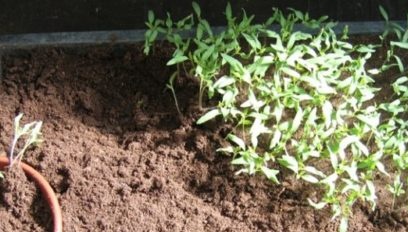 For tomatoes, picking is necessary, since lateral shoots develop after it, and the central shoot in growth, on the contrary, slows down. When diving seedlings, the following positive changes occur:
For tomatoes, picking is necessary, since lateral shoots develop after it, and the central shoot in growth, on the contrary, slows down. When diving seedlings, the following positive changes occur:
- intensive root bookmarking occurs;
- the immune qualities of plants increase;
- stronger plants are separated from weak ones, without interfering with each other's development;
- stalk overgrowth is excluded.
There are drawbacks to the procedure, so not all gardeners conduct it. A pick is a stress for the plant as a whole, very weak bushes may not tolerate it, so part of the seedlings can be lost. The process requires accuracy and careful handling of seedlings, since the root system of young bushes is very fragile, it is easy to damage it.
Dive Dates
 The undeniable factor affecting the growth of tomatoes is the moon phase. It should grow, at this time, active sap flow occurs in the leaves, and the stems grow well. The growing phase of the moon is observed in the first days of the month and continues until its middle, then by the end of the month the moon goes into a waning phase. On the waning moon, tomatoes grow poorly: the bushes look stunted, so they will have to be constantly fed. When to dive tomatoes for seedlings in 2019 according to the lunar calendar will tell the table.
The undeniable factor affecting the growth of tomatoes is the moon phase. It should grow, at this time, active sap flow occurs in the leaves, and the stems grow well. The growing phase of the moon is observed in the first days of the month and continues until its middle, then by the end of the month the moon goes into a waning phase. On the waning moon, tomatoes grow poorly: the bushes look stunted, so they will have to be constantly fed. When to dive tomatoes for seedlings in 2019 according to the lunar calendar will tell the table.
Table 1. Days for picking tomatoes on the lunar calendar 2024
| Month | Auspicious days | Neutral days | Bad days |
| March | 9, 11, 12, 13, 14, 15 | 7, 8, 16 | 1, 2, 3, 23, 24, 28 |
| April | 5, 6, 7, 8, 9, 13, 14, 15 | 4, 12, 19, 27 | 1, 2, 19, 20, 26 |
| May | 6, 7, 9, 13, 14 | 4, 12, 19, 26 | 1, 2, 3, 16, 17, 18, 25 |
A tomato transplant in March 2019 begins only in the tenth of the month. For this time period, tomatoes sown for seedlings in February are suitable. A tomato transplant in April 2019 is carried out starting from the beginning of the month and along its middle. April is the most popular month for replanting tomato crops, because you can dive tomatoes planted on seedlings from late February and March 2019.
In addition to the dates indicated in the table, it is necessary to take into account the stage of plant development and the number of days from the moment of seedling formation. The most favorable period for diving is the formation of a third or fourth leaf on the stem. Earlier seedlings should not be dived, this will doom them to death. After seedlings, the plants are ready for the first dive after 3-4 weeks. The specific period depends on the ripening period and differs depending on the tomato variety. Early varieties can be transplanted already in the fourth week from the time of emergence, and later ones - not earlier than the fifth week.
Dive Features
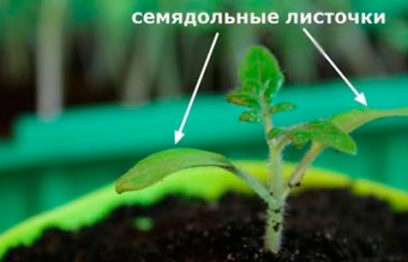 Only healthy plants with juicy stems and green leaves are suitable for diving.If there is a white dirty coating on the leaves, and the stem is covered with incomprehensible impregnations, then the seedlings are not healthy, it makes no sense to plant it. In addition to seedlings for a dive, you will need:
Only healthy plants with juicy stems and green leaves are suitable for diving.If there is a white dirty coating on the leaves, and the stem is covered with incomprehensible impregnations, then the seedlings are not healthy, it makes no sense to plant it. In addition to seedlings for a dive, you will need:
- small capacity containers. Useful plastic cups for yogurt, sour cream, cottage cheese. You can transplant tomatoes into boxes, dense cardboard bags. In stores for the garden, special glasses with a removable bottom are sold. When planting plants in a permanent place, the bottom is removed and the plant is removed with a light movement from the container along with a lump of earth;
- soil mixture. In composition, it should not differ too much from that in which tomato seeds were originally planted. The richer the soil, the more powerful the seedlings will be. Peat, humus, river sand in equal proportions are added to the cottage land. The soil is pre-treated with copper sulfate or a solution of potassium permanganate.
When all the necessary items are prepared, the date is determined, you can proceed with the transplant. Spend it in the morning to less injure the bushes.
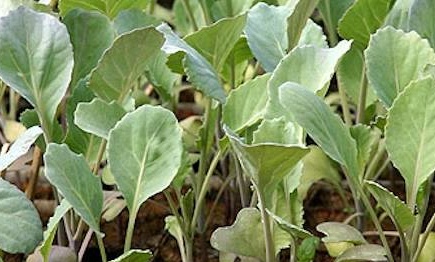 You may be interested in:
You may be interested in:Ways to Dive Tomatoes
How to dive tomato seedlings correctly tell the methods recommended by experienced gardeners. There are several ways, sometimes they depend on the variety of tomatoes (indeterminate bush or not). You can choose any method you like at the discretion of the gardener. Diving does not take much time, usually it takes about 1 hour to transplant seedlings.
Classic way
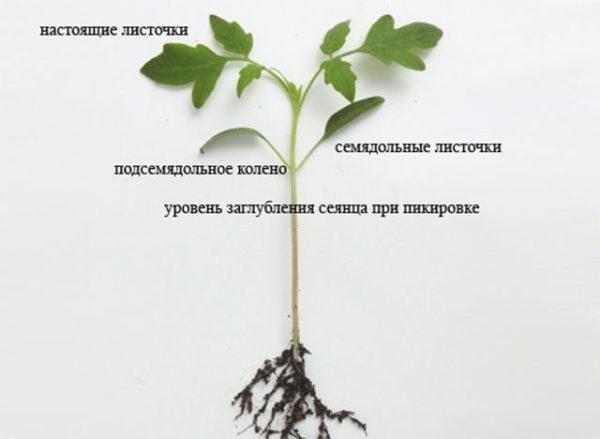 The easiest way to dive is to transplant plants from a common crate into a small, larger plastic container. One bush is planted in one cup, a cramped planting interferes with the full development. Transplantation begins with the largest bushes. In cups for almost the entire volume, soil for tomatoes is pre-poured in advance, moisten it a little from the spray bottle. Pry a toothpick or a match under the root of the seedlings, then remove the rhizome from the ground, slightly separate from the ground and transplant into a glass. Sprinkle the roots with a layer of new earth and leave the transplanted seedlings in partial shade for 5-7 days. Then, when the bushes get stronger, rearrange the tomatoes in a sunny place and continue to grow.
The easiest way to dive is to transplant plants from a common crate into a small, larger plastic container. One bush is planted in one cup, a cramped planting interferes with the full development. Transplantation begins with the largest bushes. In cups for almost the entire volume, soil for tomatoes is pre-poured in advance, moisten it a little from the spray bottle. Pry a toothpick or a match under the root of the seedlings, then remove the rhizome from the ground, slightly separate from the ground and transplant into a glass. Sprinkle the roots with a layer of new earth and leave the transplanted seedlings in partial shade for 5-7 days. Then, when the bushes get stronger, rearrange the tomatoes in a sunny place and continue to grow.
Transshipment
This method is suitable if there is no time to separate the bushes, and the initial landing was dense. Approximately 2-3 days before the dive, watering is stopped, the soil should dry well, then it will be easier to dive. A layer of film is laid on a large flat surface, and the contents of the box are shaken on it. Shake out so as not to injure the plants. When the contents of the box are on the film, sprouts are separated and planted in separate cups.
Chinese pick
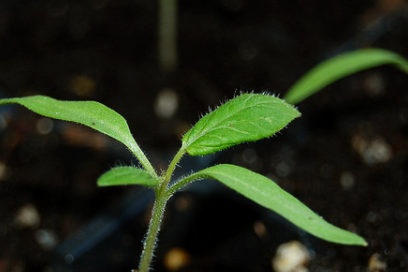 When growing indeterminate tomato varieties, the bushes stretch very strongly, especially if the tomatoes are in the sun. When the plants already outgrow a little, the upper part is cut off from them. It is necessary to cut off so that at least 3-4 fresh green leaves are left on the stems below. The tops of the tomatoes are put into the water and wait for them to take root. Then plants with new roots are planted in separate cups. The remaining trimmed stems are quickly resuscitated, cease to grow upward, but lateral shoot formation occurs.
When growing indeterminate tomato varieties, the bushes stretch very strongly, especially if the tomatoes are in the sun. When the plants already outgrow a little, the upper part is cut off from them. It is necessary to cut off so that at least 3-4 fresh green leaves are left on the stems below. The tops of the tomatoes are put into the water and wait for them to take root. Then plants with new roots are planted in separate cups. The remaining trimmed stems are quickly resuscitated, cease to grow upward, but lateral shoot formation occurs.
In the "Diaper"
If you plan to grow tomatoes on the balcony or transport them to a summer cottage, the transplant method, as it is called in the common people, in the "Diaper" is useful. Sheets of film 10x15 cm in size will be needed, polyethylene should not be torn. Lay out a film layer on a flat surface, pour a little soil and level it.The sprouts are removed from the box, transferred to the film so that the green part of the stem is outside. Then the roots are sprinkled with a thin layer of soil and rolled up the film so that a "pot" with the plant is obtained.
After transplanting, the tomato bushes are in one box or in a box from under the cake so that all the bushes fit snugly together. The method of diving tomatoes in the "Diaper" can significantly save space on the windowsill of the house, and when transported in a car, the earth does not scatter around the cabin and trunk.
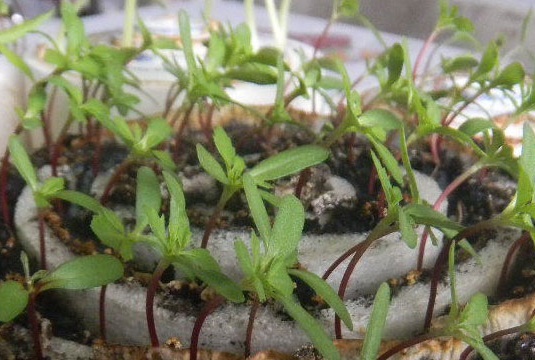 You may be interested in:
You may be interested in:Experimental method
When growing determinant tomatoes, the bushes do not grow too much and stretch up. Since the plants are low, it is convenient to pour them out of the box along with the ground, and then plant them separately. The earth in the box needs to be moistened a little from the spray gun. Newspapers are laid on the table and the box is turned over with seedlings. Sort plants, fill the cups with fertile soil and plant sprouts in it. This method is not suitable for high varieties of tomatoes or for overgrown seedlings, since the stems will break.
Care after a dive
After transplanting, the tomatoes are placed on a shaded area and kept in such conditions for at least 5 days. After 2-3 days, the tomatoes are watered, for example, watering from a spray bottle, but only the soil, the plants themselves do not need to be irrigated. After a week, the bushes will spring up, the stem will pour juice, and the leaves will straighten on it. This is a clear sign that the seedlings tolerated the transplant well. Care for pickled seedlings is not difficult, it consists in:
- loosening the soil. From about the second week after transplanting, the soil is loosened up a bit so that the earth is enriched with oxygen. Oxygen is needed by the root system for development;
- weeding from weeds. Foreign grass forms along with seedlings, it must be pulled out regularly as soon as it is noticed. Weeds are carriers of diseases and pests, if they are not removed, then tomatoes can become sick;
- watering. Watering the pickled seedlings is carried out regularly, but only as the soil dries. 2-3 waterings per week are enough, sometimes the rate is increased up to 4 times;
- top dressing. After picking, the first feeding is carried out nitrogen fertilizers, but not earlier than 2-3 weeks after transplantation. From nitrogen fertilizers, nitrophoska, ammonia or potassium nitrate are suitable. Of organic fertilizers, gardeners recommend feeding liquid mullein. All fertilizers help the bushes in the formation of green mass, thick shoots.
Seedlings dived at the end of March have been suitable for transplanting into greenhouse soil since mid-April. It’s better not to rush into the street with planting: it is dangerous to conduct it before the beginning of May, the plants will freeze. For planting tomatoes, the temperature of the earth must be at least 15 degrees Celsius. Tomatoes that have successfully undergone picking, well survive the subsequent transplant to a permanent place and begin fruiting ahead of schedule.

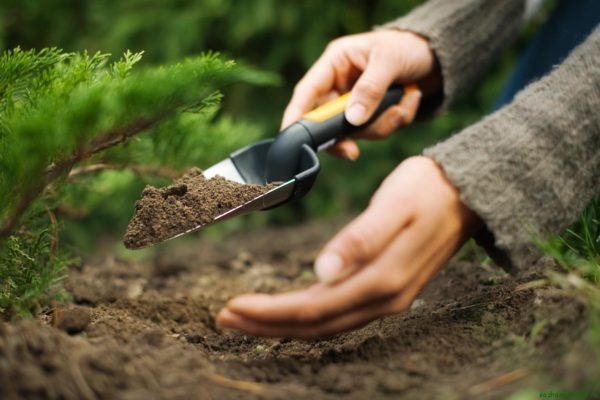 Sowing calendar for August 2024
Sowing calendar for August 2024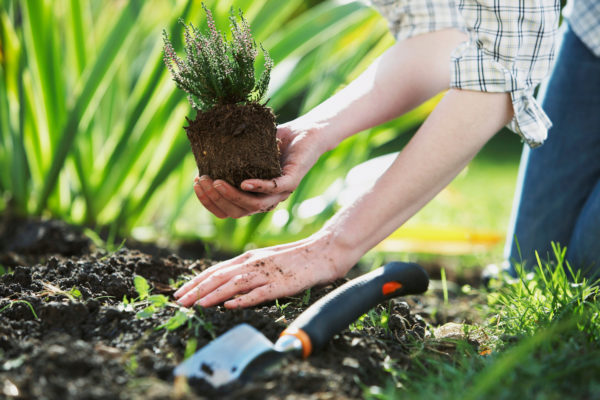 Sowing calendar for June 2024
Sowing calendar for June 2024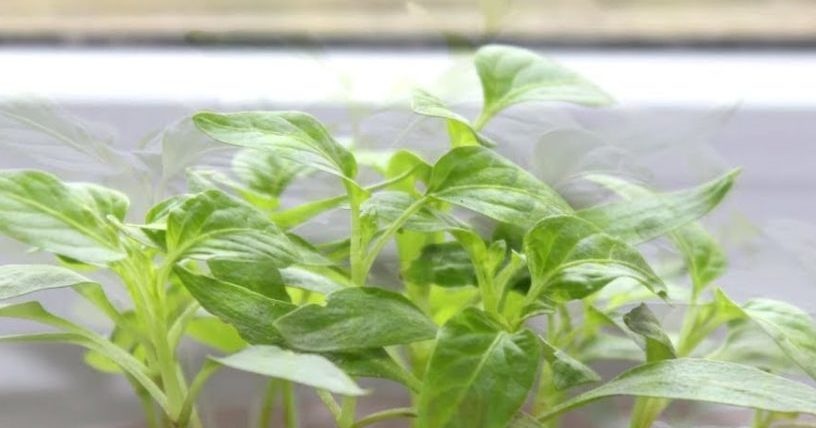 Sweet pepper (Bulgarian) - planting dates for seedlings and the lunar calendar 2024
Sweet pepper (Bulgarian) - planting dates for seedlings and the lunar calendar 2024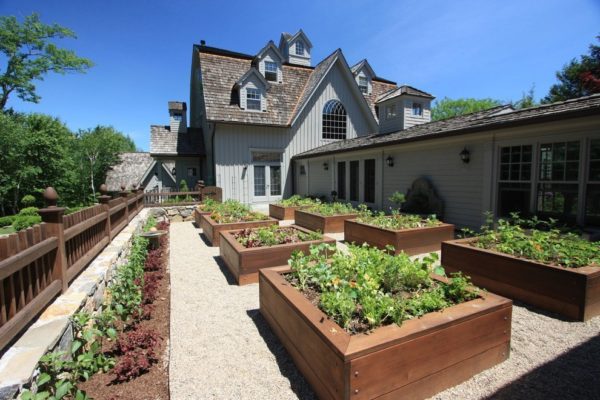 Boarding days in June 2019: favorable days
Boarding days in June 2019: favorable days